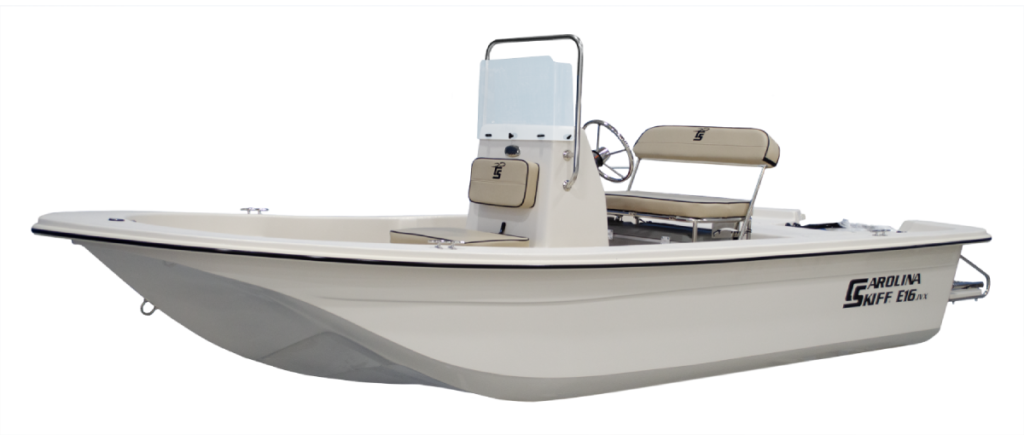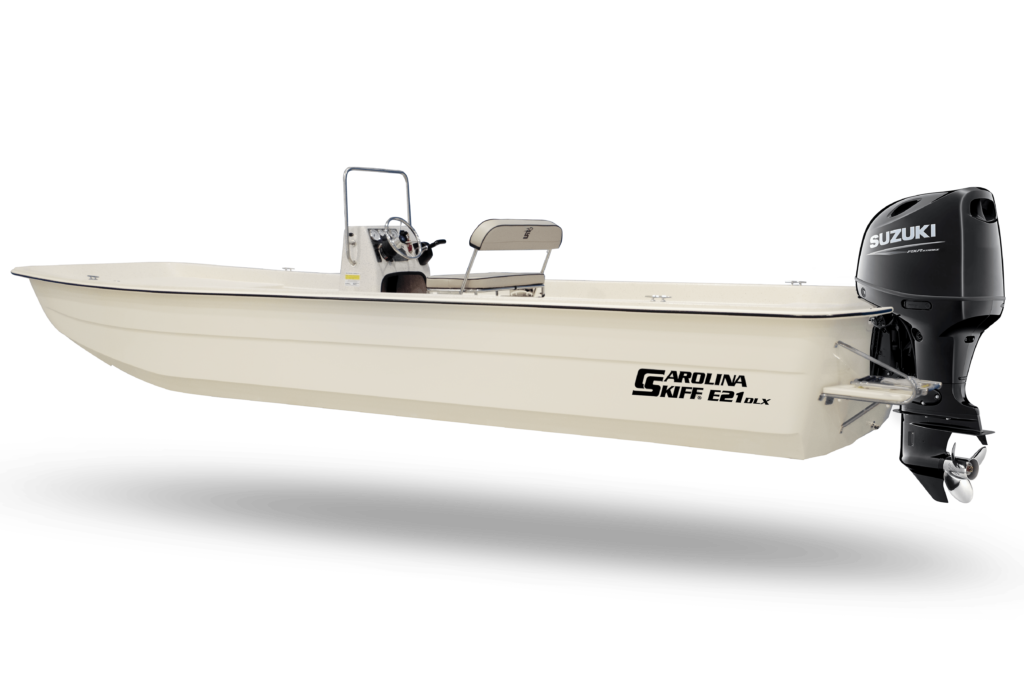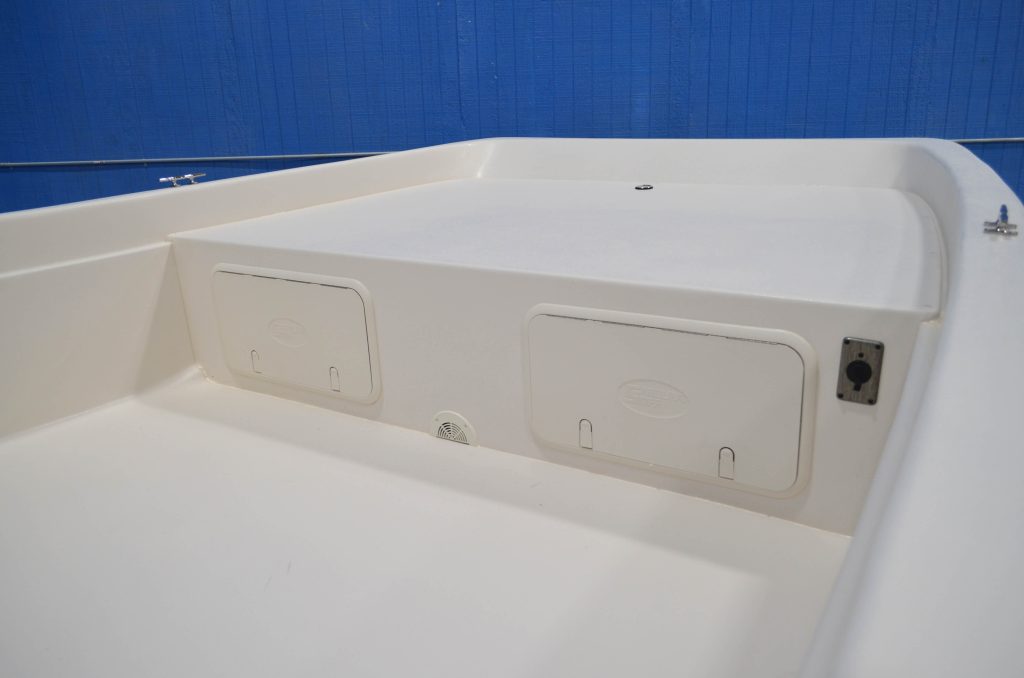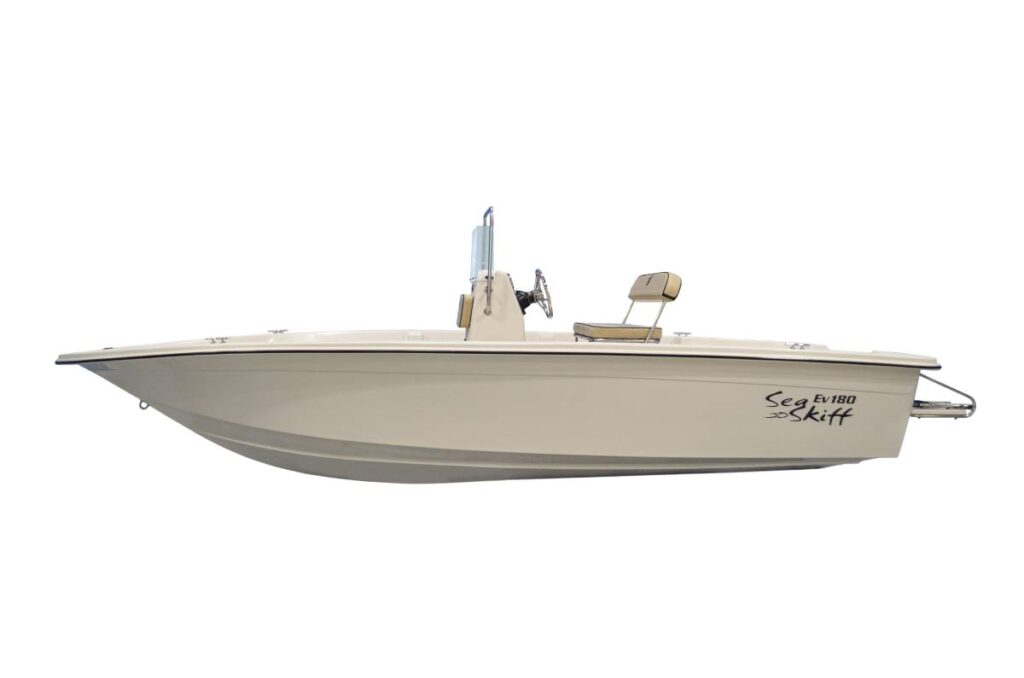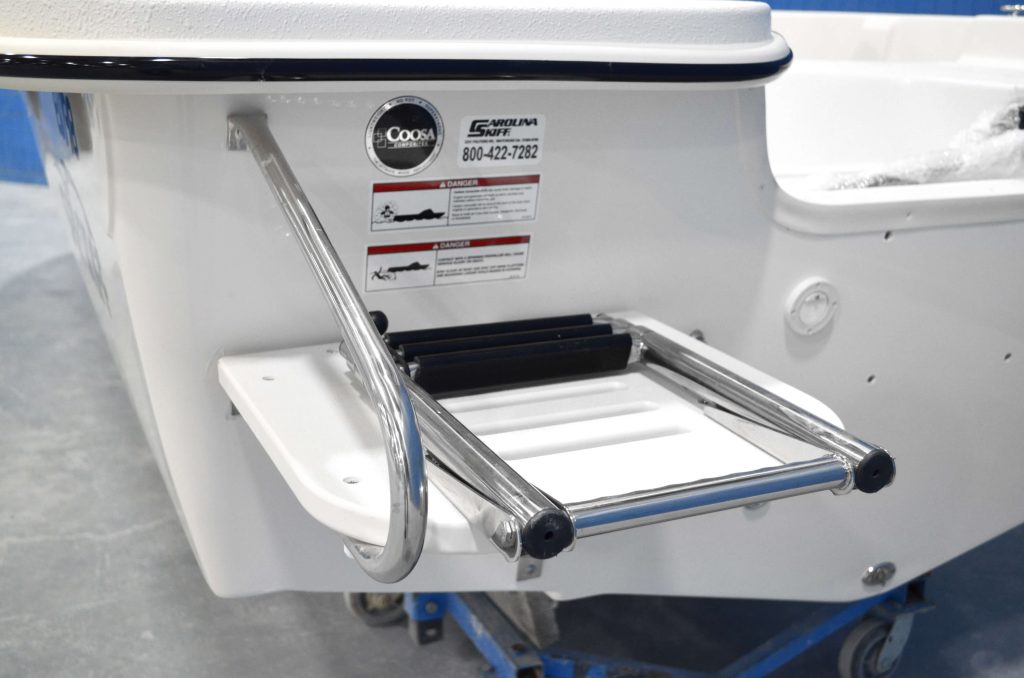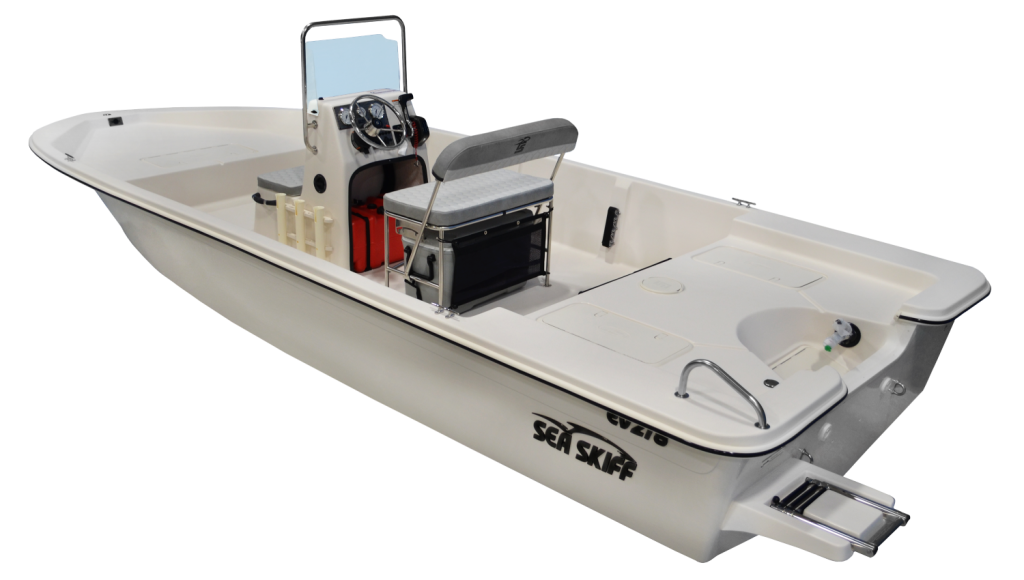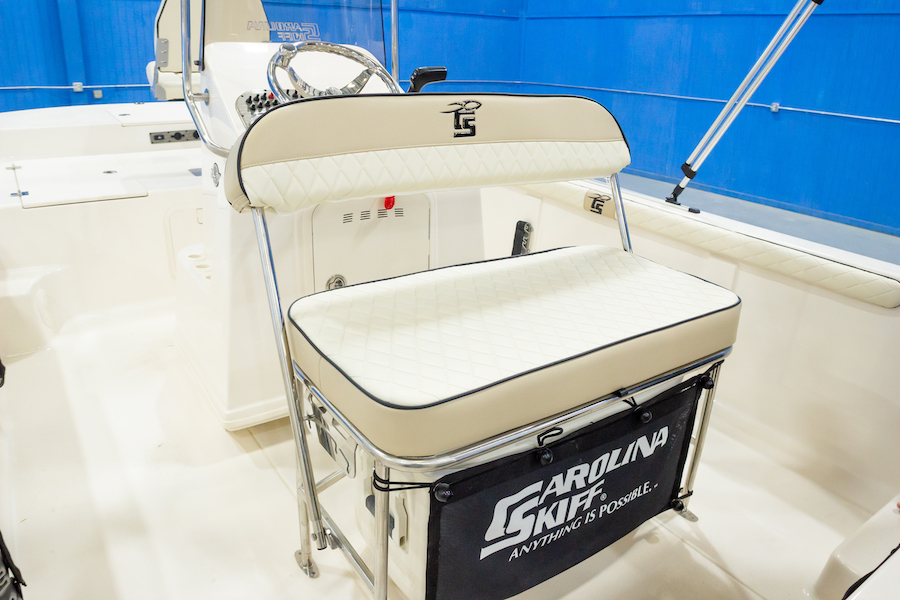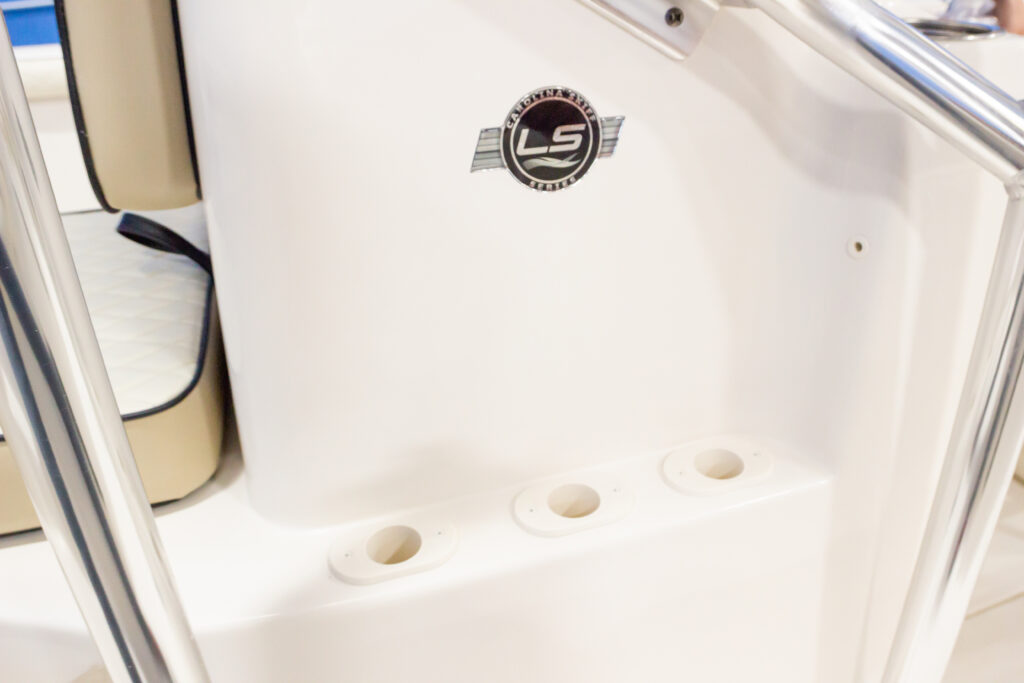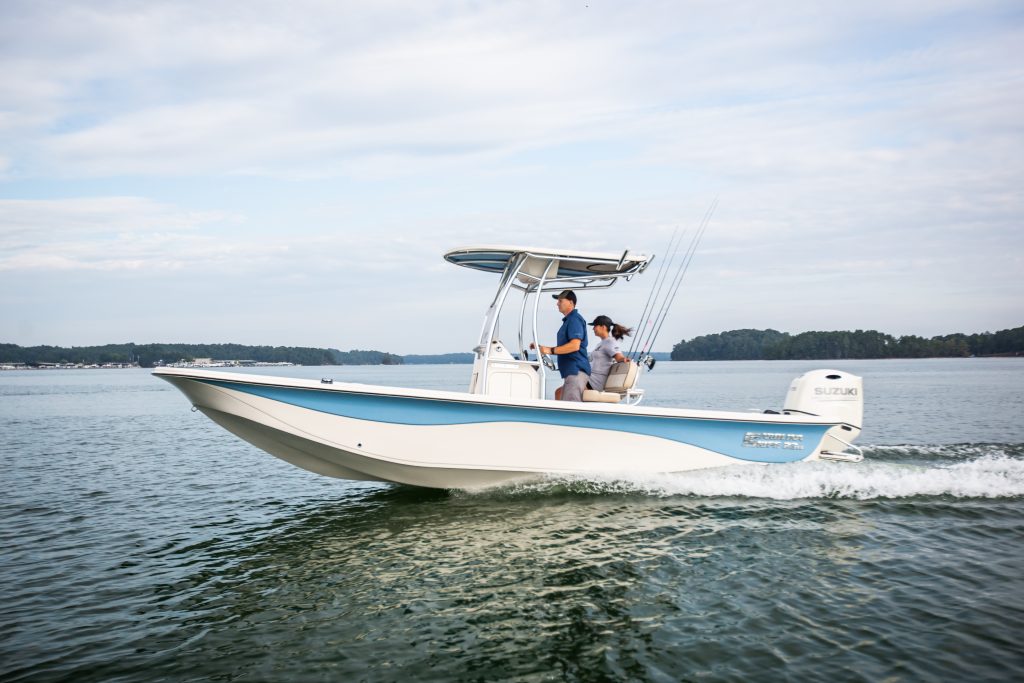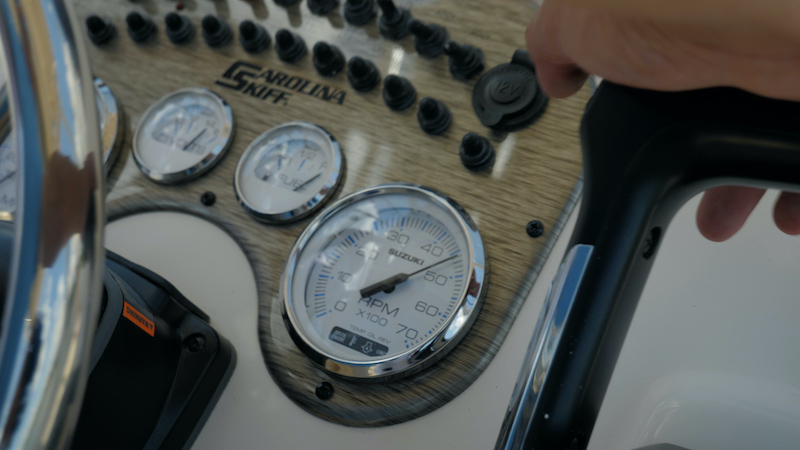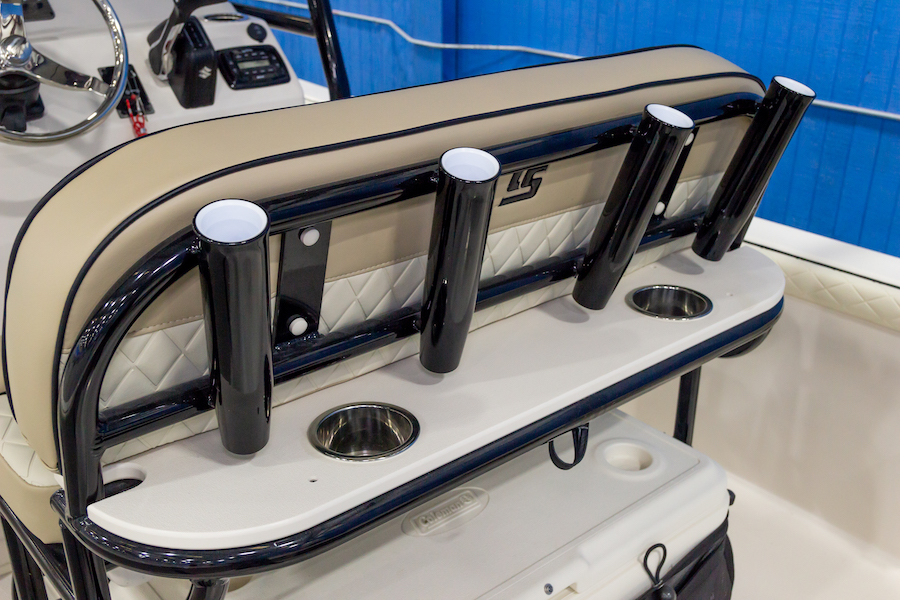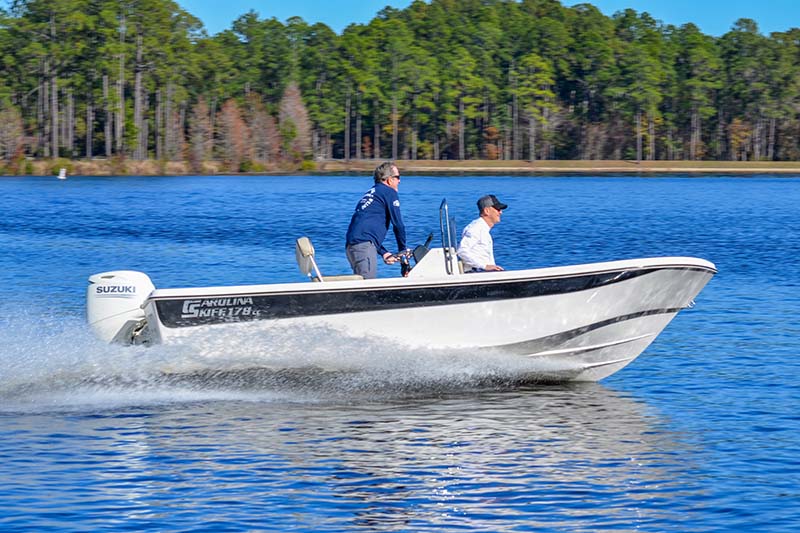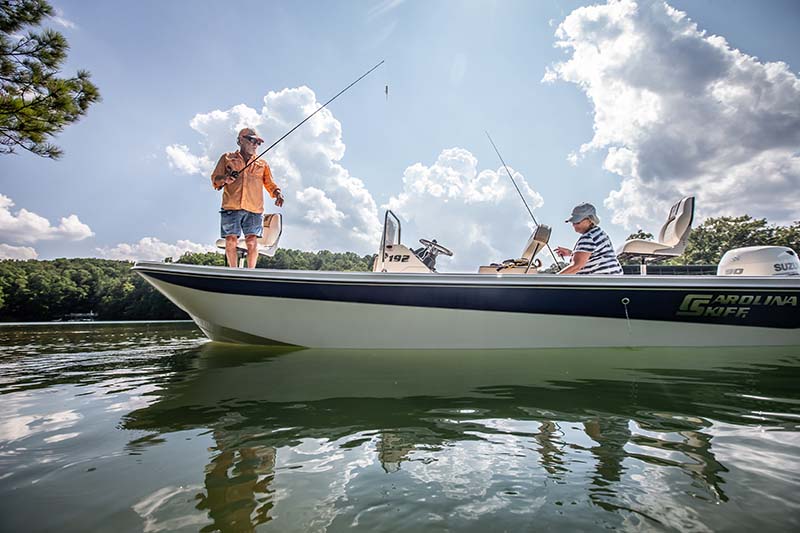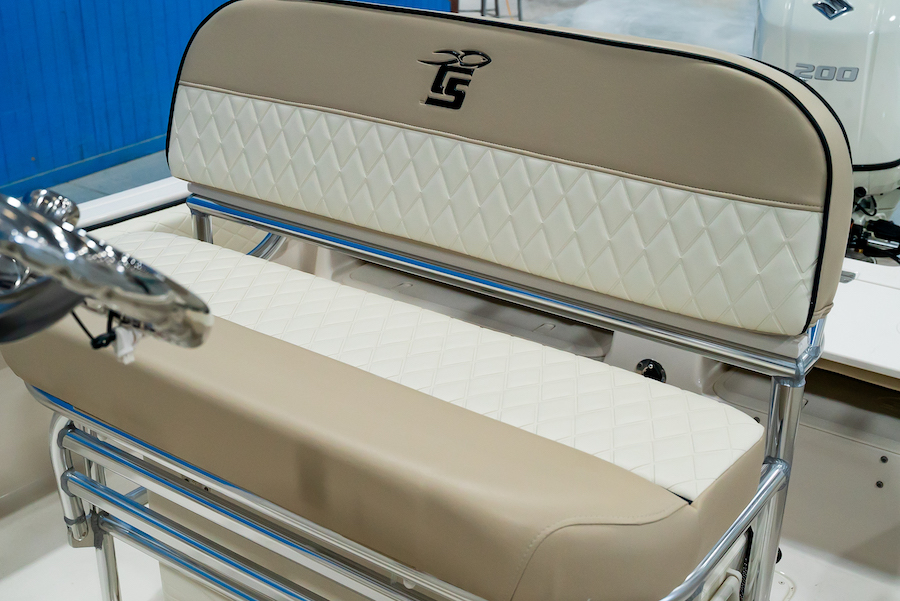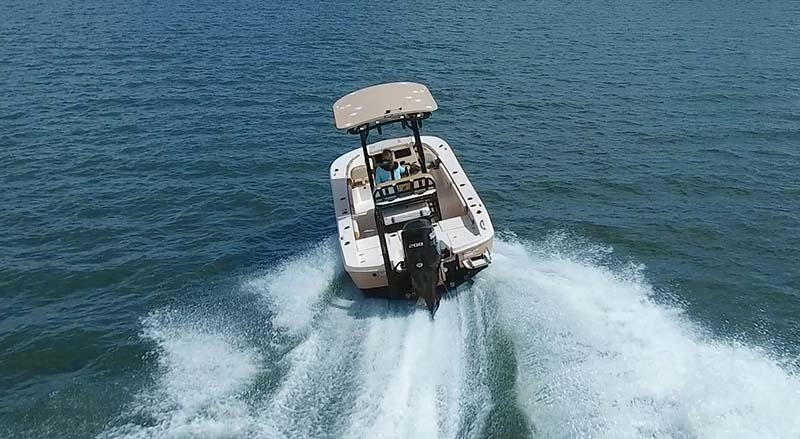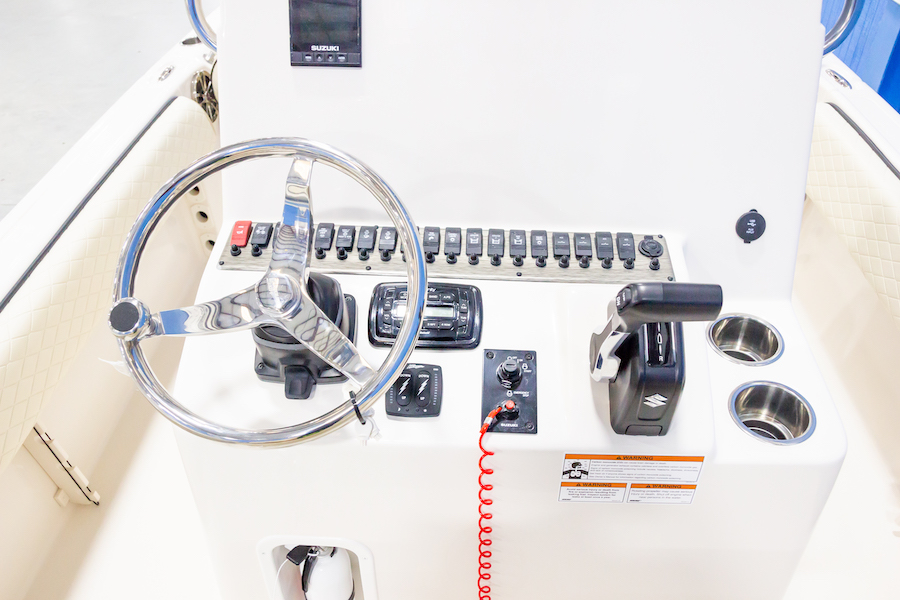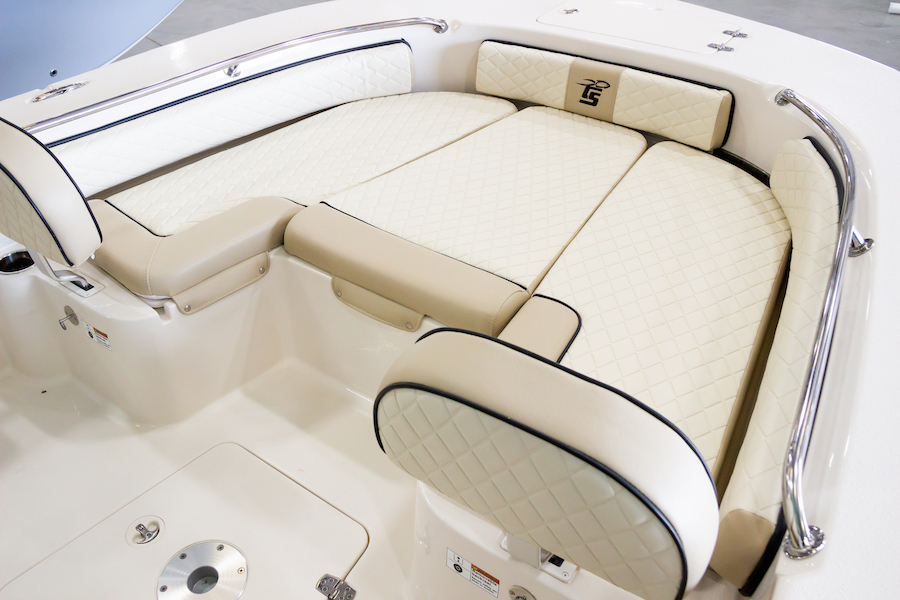One of the biggest challenges for Carolina Skiff and other boat owners can often be anchoring. Whether trying to position on a buoy to catch bait, pinpoint a far off wreck for snapper and grouper or deep anchor for pelagics like sailifsh and blackfin tunas, it all takes the right equipment.

The first consideration is the anchor type. Grapple anglers with tines of rebar at straighten when pulling the anchor are popular in rocky areas, while more traditional fluke anchors are favored for a muddy bottom and most other applications.
The size of the anchor can be critical, and although most anglers prefer heavier models, I opt for the lightest anchor I can get away with that will hold my boat. For what I lose in weight with the anchor, though, I make up with the chain length — usually, a minimum of 15 feet of 5/16-inch galvanized chain. Although more expensive, stainless also works well and prevent scuffing and damaging your boat as galvanized chain eventually corrodes.
With regards to anchor line or rode, I prefer lighter strands particularly because I am doing most of the setting and resetting myself. For skiff’s and boats up 25 feet, I prefer ⅜-inch triple-strand nylon. It is easy on the hands and cuts through the water, getting down faster. Moving up to large boats you can opt for 5/16-triple braid.
In an extreme fishing situations, like on the Sub Wreck in 245 feet of water off Key West, we’ll often opt for a light-weight alloy Danforth anchor with 25 feet of chain as well as 1200 feet of ¾-twisted nylon, making dealing with the anchor singlehandedly a breeze.
Anchors can get expensive, and its no fun when they get rocked up and bent— or worse, lost. But Key West and Cuban commercial fishermen have come up with an ingenious solution to this problem. They shackle the head of the chain to the front of the anchor (sometimes this requires drilling out to accommodate the shackle. Before deploying the anchor, they use strong zip ties or heavy monofilament secure the chain in line with the terminal end of the anchor. As pressure applies, the temporarily pinned chain releases, allowing the anchor to back out of even the tightest crooks and crevices.
One more handy tool thanks to the commercial fishing set is an anchor ball set. Usually sold at popular marine stores, the kit consists of a large wring with two loops on it, as well as a poly ball with a short length of nylon line and a carabiner. When ready to retrieve the anchor, place the large loop over the anchor rode in front of the cleat. Clip the ring shut with the carabiner on the poly ball. As you slowly move your boat in gear, steer a wide angle around the anchor. The hydraulic force will pull the anchor ball down, causing the anchor to release. As the vessel keeps going, the poly ball will dive and eventually hang on the anchor. Once the boat is taken out of gear, the anchor returns to the surface where it can be easily retrieved.
For more helpful boating, fishing or family fun tips, visit www.carolinaskiff.com.
